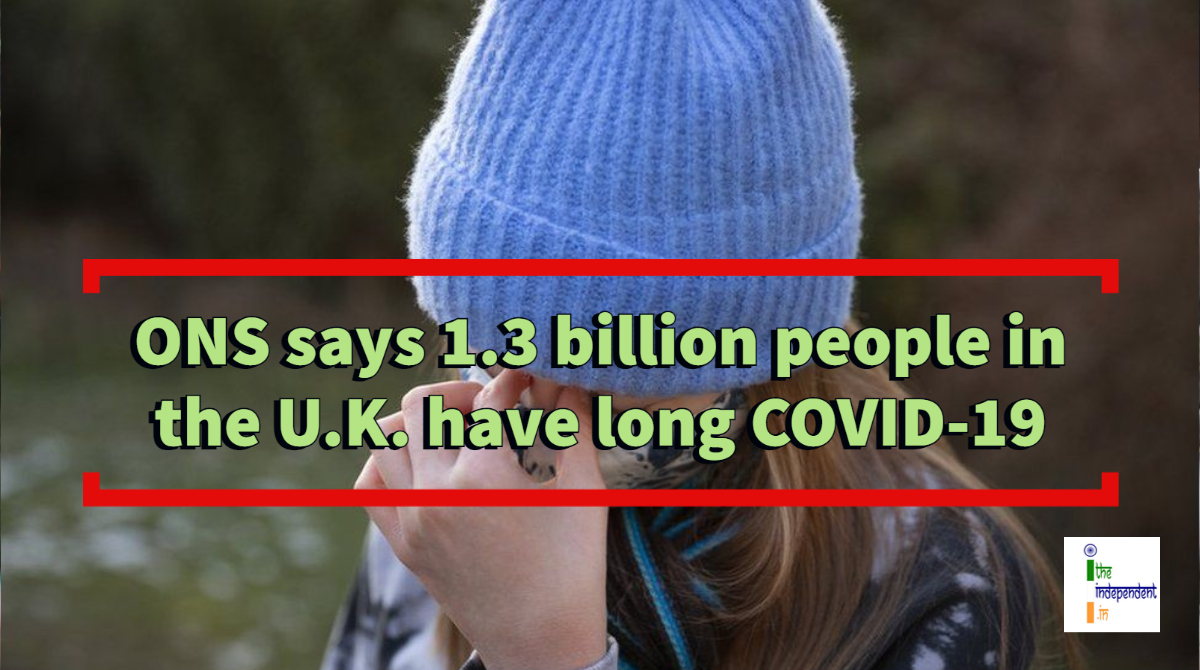
Around 1.3 million people in the U.K. have “long COVID-19” symptoms, lasting more than 4 weeks after an initial infection, suggests ONS data
As per the latest data shared by Office of National Statistics (ONS), United Kingdom (U.K.) today, i.e., Thursday, January 6, 2022, around 1.3 million people in the U.K. have “long Coronavirus (COVID-19)” symptoms, lasting more than 4 weeks after an initial infection.
Of these 1.3 million people, 270,000 (21%) first had (or suspected they had) COVID-19 less than 12 weeks ago. Around 892,000 people (70%) first had (or suspected they had) COVID-19 at least 12 weeks ago. The remaining 506,000 (40%) first had (or suspected they had) COVID-19 at least 1 year ago.
For the purpose of findings, ONS conducted a survey asking 352,000 people to record their own symptoms. Their replies were collected over a period of 4 weeks ending December 6, 2021. However, there is no universally agreed definition of long COVID-19 and different studies use varying definitions.
Taking it to twitter, ONS tweeted,
An estimated 1.3 million people living in private households in the UK (2.0% of the population) were experiencing self-reported long COVID as of 6 December 2021 https://t.co/wJ5cQ3EuME pic.twitter.com/H3sK4iq6i0
— Office for National Statistics (ONS) (@ONS) January 6, 2022
It further tweeted,
Of people with self-reported long COVID in the 4 weeks to 6 December:
— Office for National Statistics (ONS) (@ONS) January 6, 202221% first had/suspected #COVID19 less than 12 weeks ago
70% first had/suspected COVID-19 at least 12 weeks ago
40% first had/suspected COVID-19 at least one year ago.
Speaking on the occasion, the Senior Clinical Lecturer, University of Exeter – Dr. David Strain said, “The stark warning here is that, based on this, in the previous waves, over 800,000 people have their day-to-day activities significantly affected over three months after catching Covid and nearly a quarter of a million report this has a dramatic impact on their quality of life.”
The self-reported “long-COVID-19” cases were mostly found in women aged between 35 to 69 years of age, who were living in more deprived areas. These women were working in healthcare, social care and teaching sector. These sectors which saw the biggest month-on-month increase out of all the employment sectors.
64% of the respondents said the symptoms affected their daily activities and 20% said it severely affected their daily activities a lot. The major symptoms included extreme tiredness, shortness of breath, heart palpitations and brain fog. 51% of the respondents had fatigue, 37% had loss of smell, 36% complained of shortness of breath and 28% had difficulty in concentrating.







